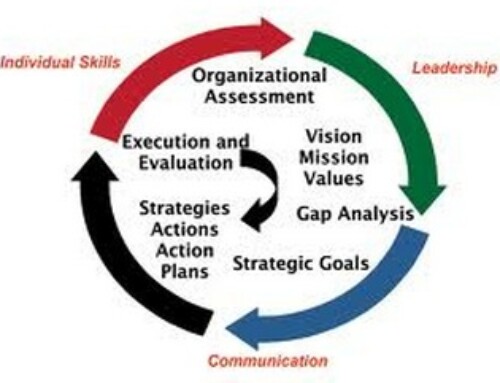
Too often public relations activities rely on the “spray and pray” method these days. It’s just too easy.
First, there’s the availability of cheap digital newswire services to blast out a news release for a few hundred dollars or less. If you want to get some quick online news cover and links to post to social media, it’s just a few clicks away.
Second, creating email lists of reporters and bloggers has never been more accessibility. So much so, I would venture to guess reporters are suffering from unsubscribing fatigue.
The cause may be that too many people who call themselves PR pros are either lazy or just don’t understand one of the key tenants of effective PR: the medium, the message, and the target audience must match.
Reporters Gripe: Medium Doesn’t Match
The number one objection I hear from reporters about public relations people is that they send them stuff that is entirely irrelevant. I discovered this from personal experience and wrote about it when I signed up for RE Technology to report on the Home Builder’s annual show IBS in January. It was stunning to see the number of news releases sent to all reporters registered for the convention. There was no attempt made by any of these PR people to look to see if the medium was a fit for the message.
This example is another “spray and pray” tactic that eventually erodes the perceived value of the brand whose name is attached to the news release as well as the PR pro and/or agency that is sending it on behalf of that brand. Many reporters will see that name in the future, and even if the message might be relevant, will just click “delete.”
Bigger Gripe: Message Doesn’t Match the Audience
It’s a waste of time and energy to send news to a publication that will have no interest in your message. But to me, there’s a bigger mistake that happens in PR all the time. The thinking that one message can fit all audience.
One caveat: sometimes, it can. But often, it does not. And that’s where the problem is.
I don’t know if there just isn’t enough budget, or again, if people who call themselves PR pros are being lazy or just completely oblivious to this fact, but the message must not only fit the medium, it must also match the audience.
Media Can Help Target Your Message
Now a lot of time picking the right medium will often give you the right audience for your message. You just have to be sure that’s the right message for that audience. For example, in social media, if you have a message that you know will have a great appeal to woman real estate agents, Instagram and Facebook are targets for content that you need to create (and in this case, your message will be image-centric). These social media channels skew more heavily woman than men.
But there’s a more significant step here: and that’s making sure that the message you create resonates with the target audience you are trying to reach.
Customizing Your Messages
The key to effective PR is message customization. Making sure that the message you are sending out will resonate with the target audience you want to reach. The message must resonate with that audience. That’s the best way to assess if you have a message that is a one-size-fits-all audience message: ask yourself will it resonate with our “blank” target audience?
If not, reconstruct your message in a way that will and send that version of your news release or custom news pitch to the news media list that will reach that target audience.
Remember, each target audience has a persona: what makes them different – their demographics, behaviors, motivations, interests, and goals. Understanding the different personas is how you mold your message to fit each audience, and that’s when you get a win-win-win.
The reporter wins, because they get a message that’s a fit for their media outlet. The target audience wins because they will read a story that matches their interests. The PR pros and their client win because they have successfully placed a news story and a highly targeted and effective way.
Admittedly, spray-and-pray still can work, but smart PR that targets will win in the short term and more importantly, win in the long run.




